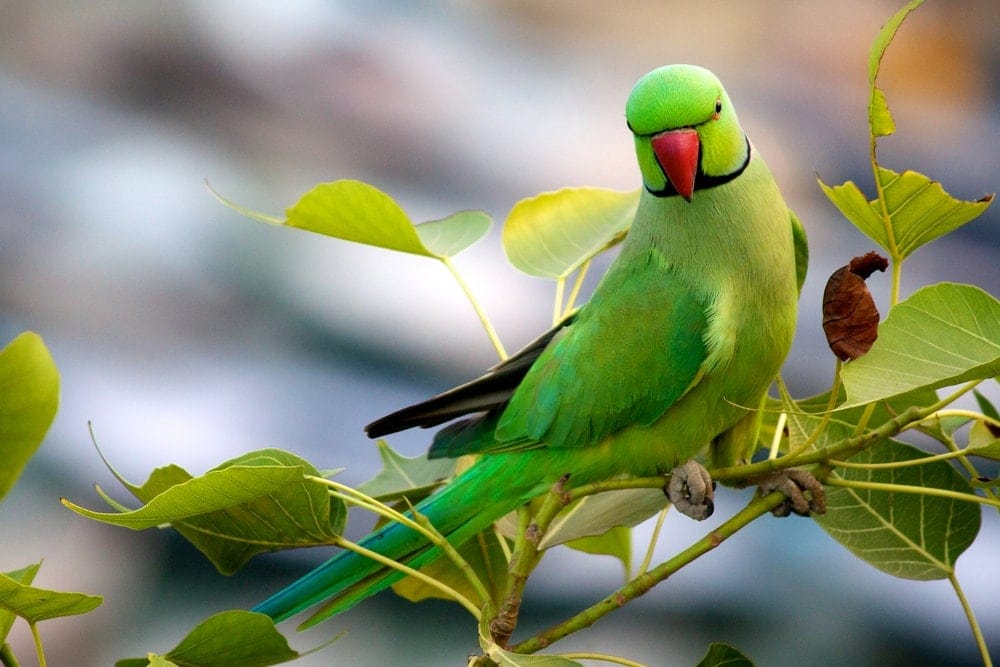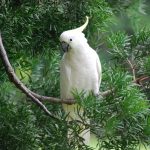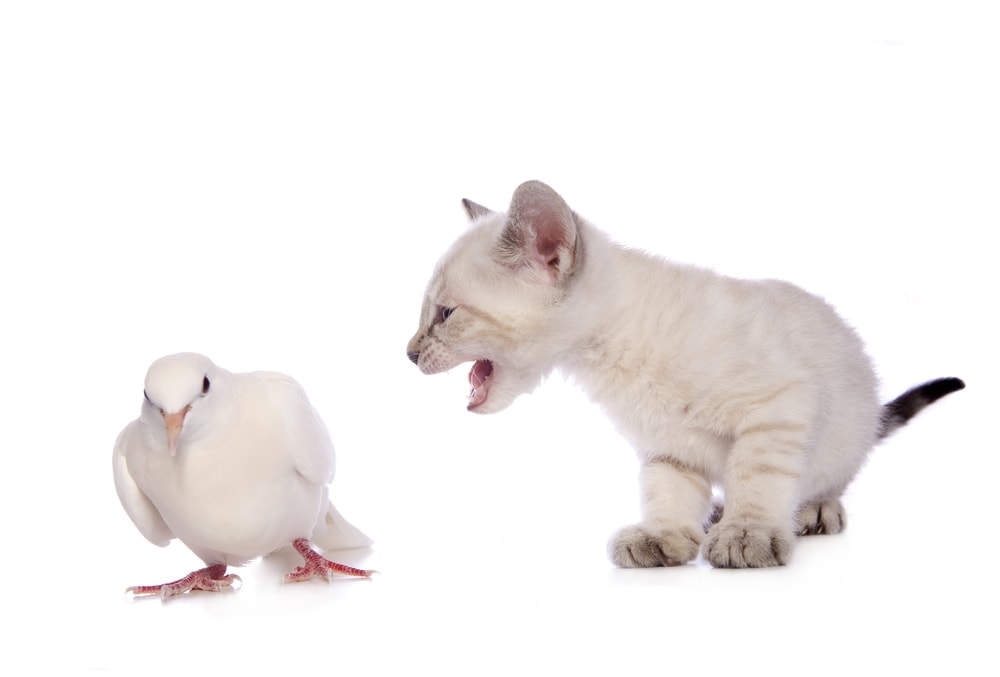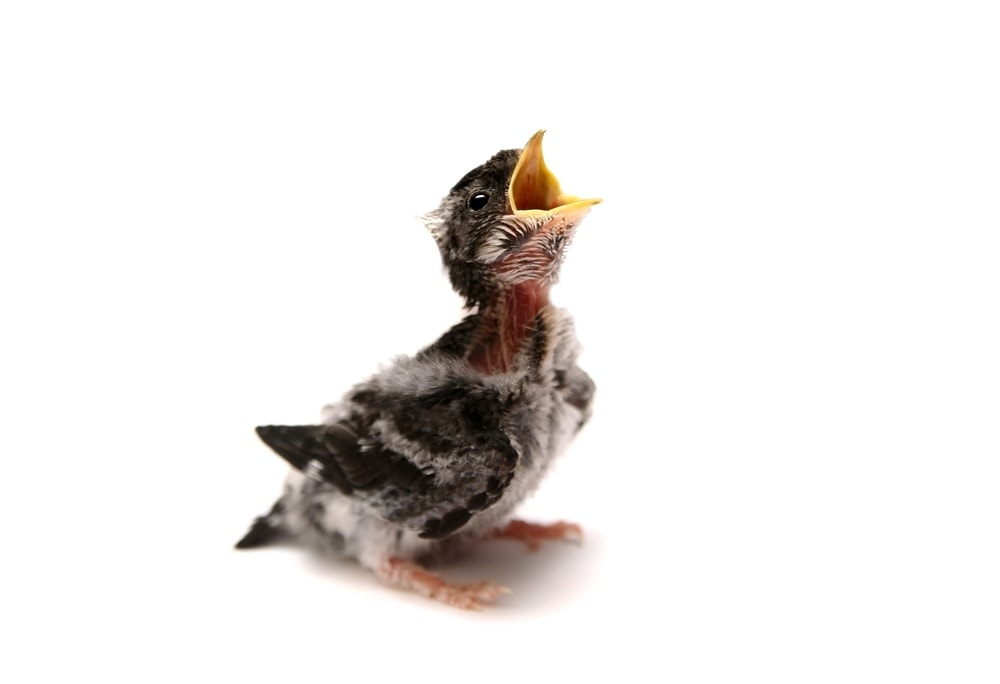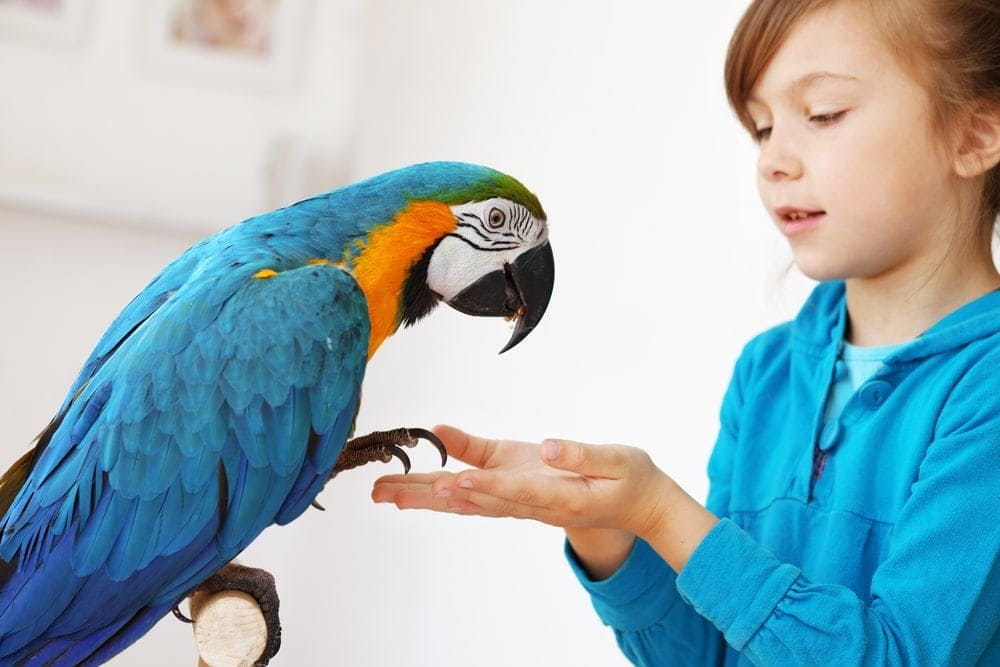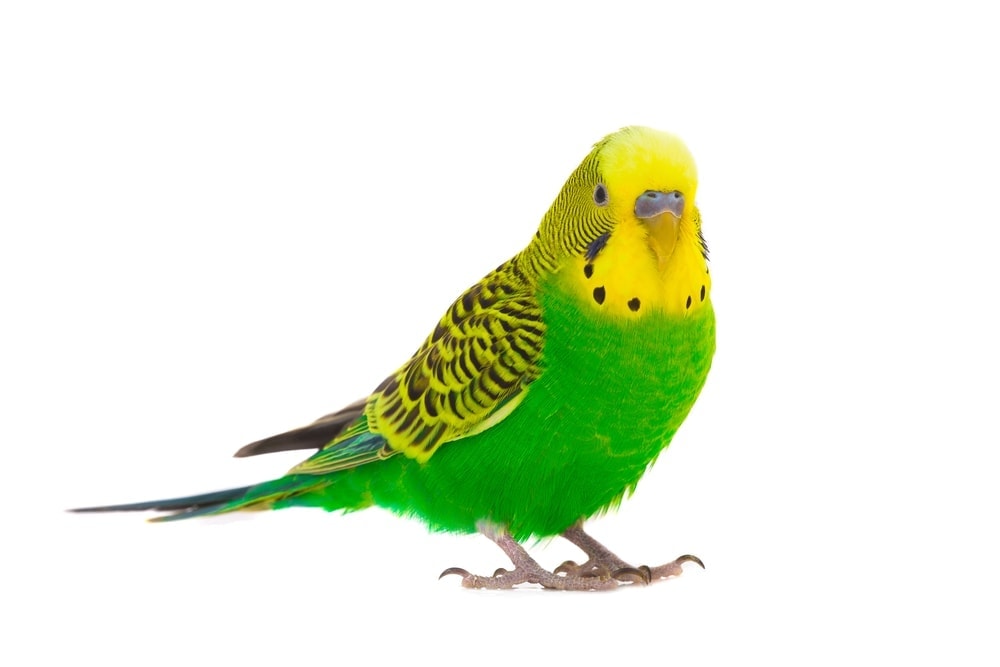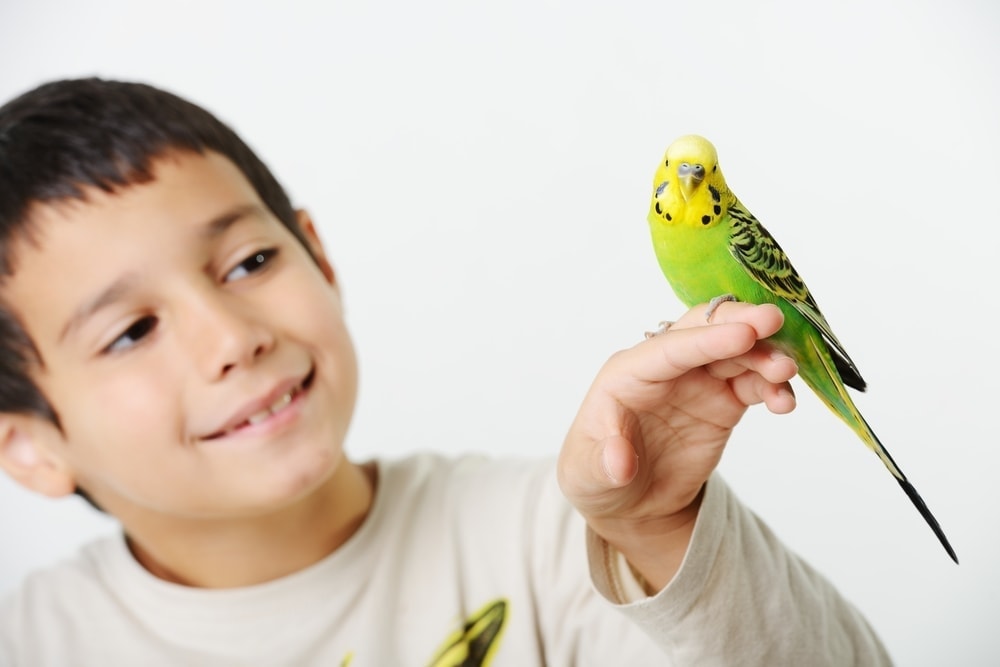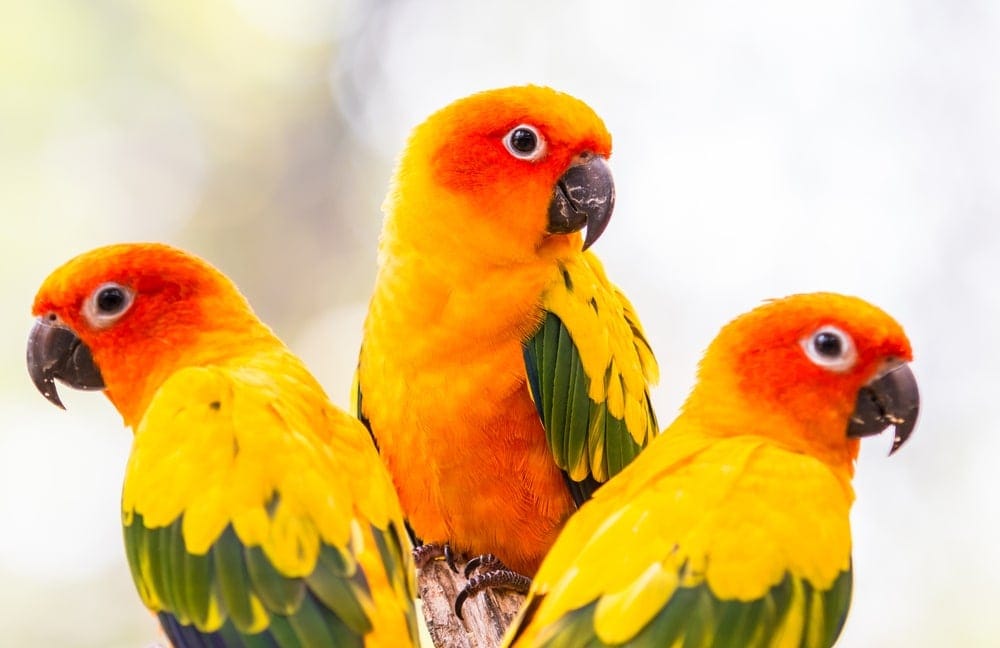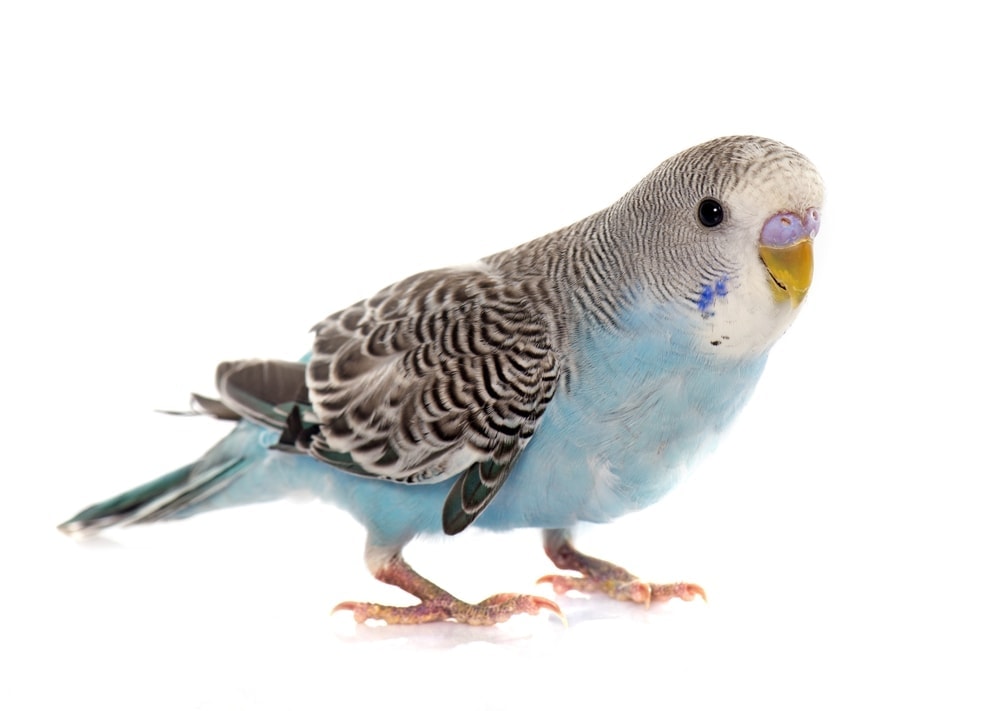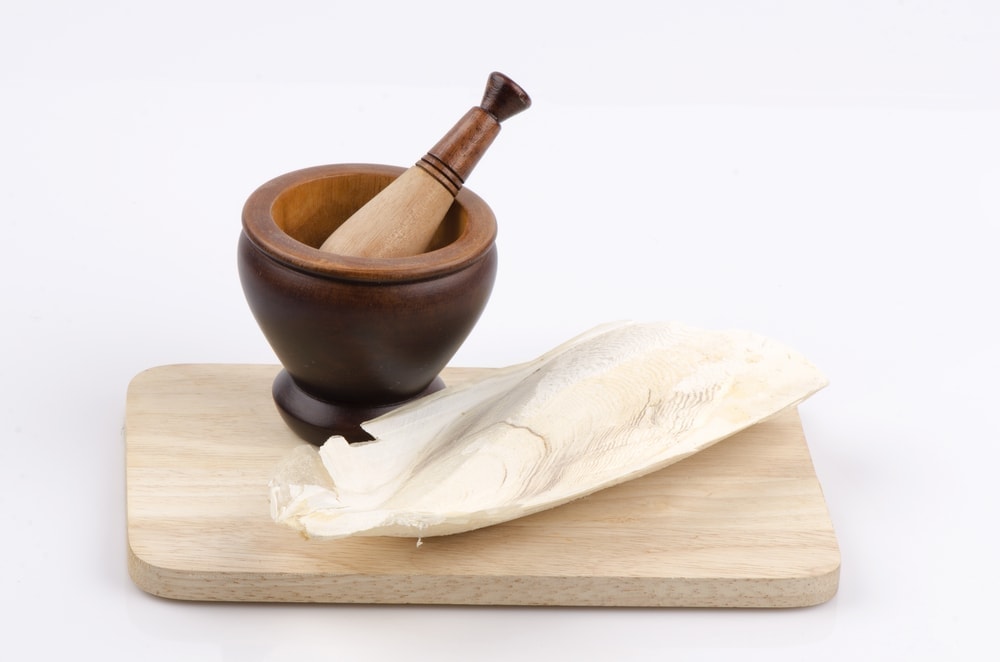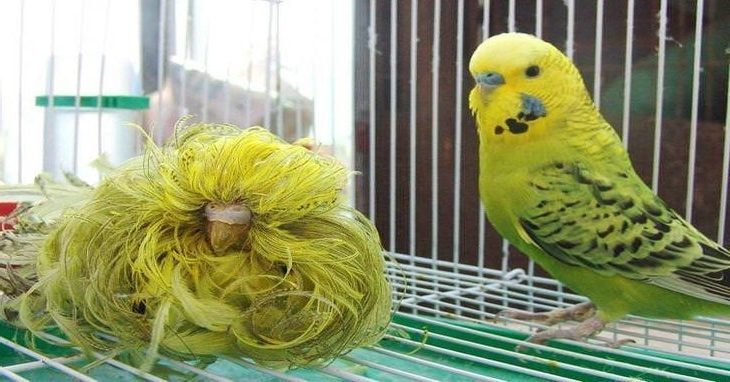The Indian Ring Necked Parakeet is a bold and beautiful bird that will serve as a loyal companion for years to come.
It has a very distinct personality and other things that you should know about.
Appearance
The light green plumage of the Indian Ring Necked Parakeet is contrasted with darker green wings and a red-orange beak. These birds also have a little blue underneath their feathers, which makes for an interesting aesthetic.
These birds can grow up to 16 inches from beak to tail. They have an average weight of approximately 120 grams.
Indian Ring Necked Parakeet Lifespan
The Indian Ring Necked parakeet can live up to 30 years with a proper diet and care. This makes it an excellent long term companion.
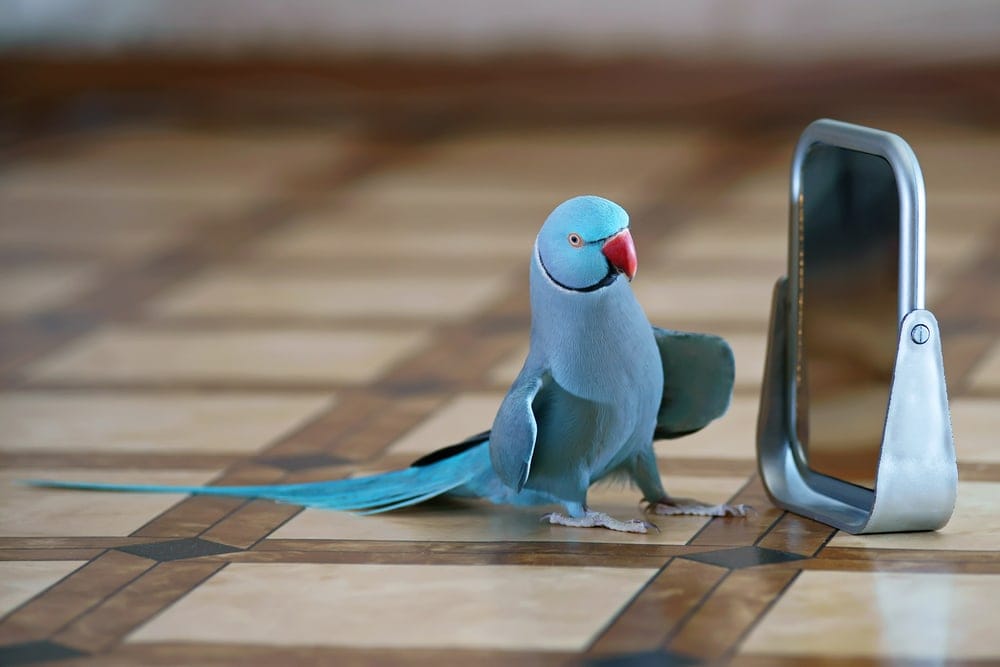
Types of Indian Ring Necked Parakeets
There are several different mutations of these birds, offering you a vast array of colors to choose from.
- Blue Indian Ringneck: This mutation features a mostly light blue coloration with some areas of dark blue. The only difference between the two genders is that the males have a black and white ring around their neck.
- Cinnamon Turquoise Indian Ringneck: There is also the Cinnamon Turquoise mutation, which features pastel green, blue, and white colors.
- Lutino Indian Ringneck: The Lutino mutation features yellow plumage and red eyes with both genders.
- Violet Pastel Lacewings Indian Ringneck: This particular mutation is fairly unique, featuring white, violet, blue, and yellow colors. Once these males mature, they develop a distinctive black ring. These birds have pink feet, orange-red beaks, and orange eye lids.
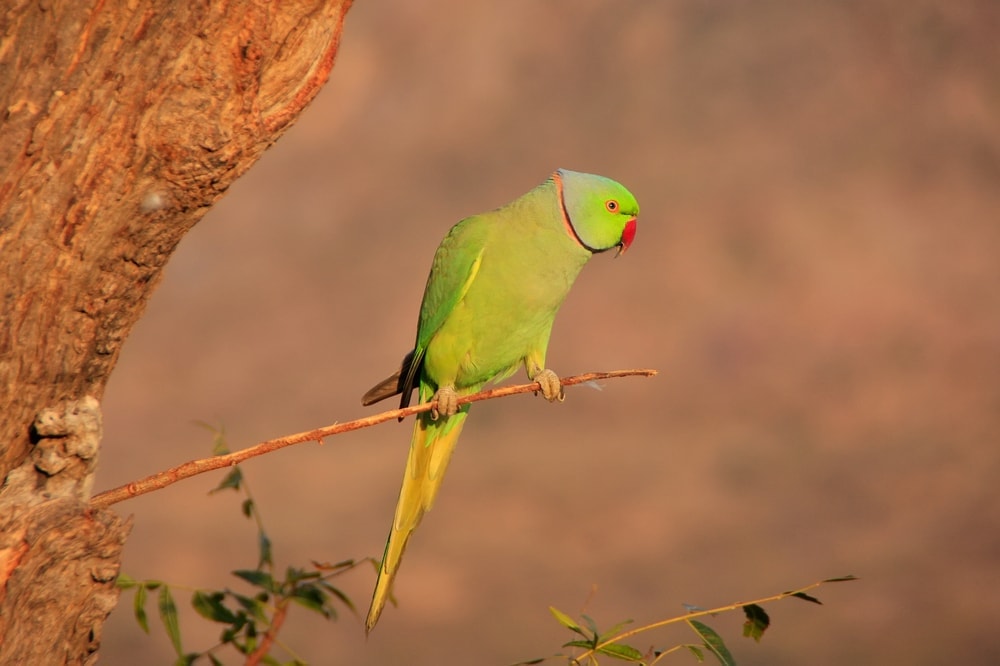
The Indian Ring-Necked Parakeet’s Personality
This particular parakeet is a very vocal bird that makes quite a bit of noise, so it’s not ideal for apartment living. It can quickly become somewhat aggressive if it doesn’t receive enough attention and stimulation on a regular basis. This means that you should think twice about getting one of these birds if you have small children.
If you are looking for a bird that has a colorful personality, this one is a great choice. It is a bit high maintenance, so you will need to keep that in mind. This is definitely not the kind of bird that you can neglect for long periods.
These birds are known for their remarkable intelligence, which is reflected in their ability to learn a number of words and phrases.
Natural Habitat
You can find the Indian Ring Necked Parakeet throughout Africa as well as parts of Asia. Given the name of this bird, it should come as no surprise that it is originally from India. These birds thrive in both rural and urban areas, making them extremely adaptable.
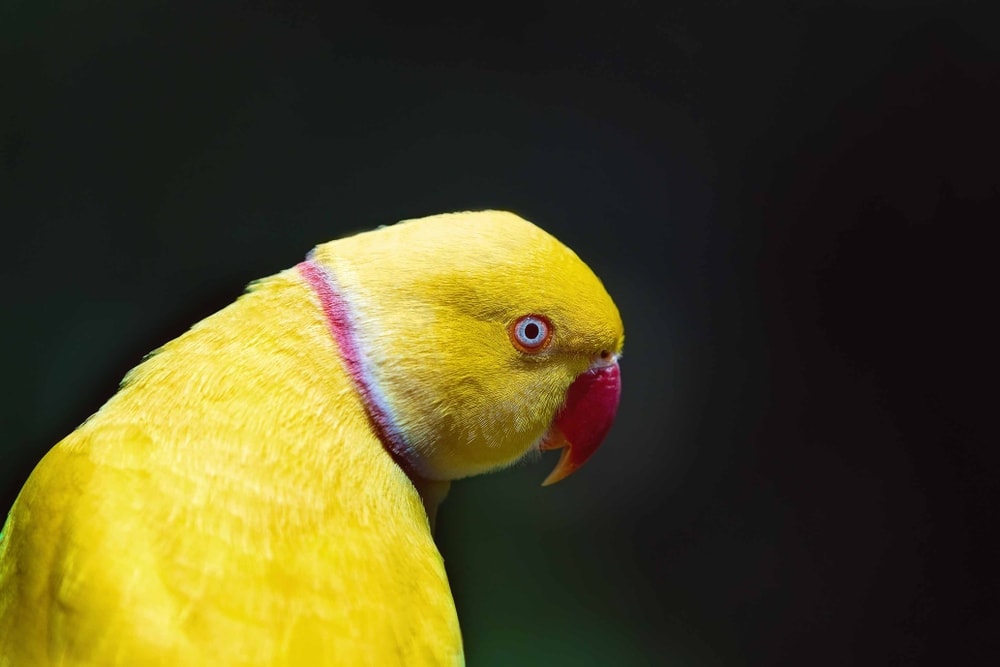
Indian Ring Necked Parakeet Care Guide
1. Indian Ring Necked Parakeet Diet
You should make a point of feeding this bird mostly pellets, but there are other foods they can eat on occasion. Certain fruits and vegetables can provide your feathery friend with a balanced diet and proper overall nutrition.
It is important to give these birds leafy greens so it can stay as healthy as possible. Other foods that this bird likes include chicken, grains, rice, and beans. Make sure that you avoid giving it any avocado, as it is toxic for them.
If you do give your bird some seeds, you’ll want to separate it from their pellets. These birds have a tendency to not eat all of their pellets if there are seeds mixed in. You’ll want to change out these individual bowls regularly to keep the food fresh.
2. Environment
When you are buying a cage for one of these birds, you’ll need to make sure that it measures at least 24 by 24 by 36 inches. The bars on the cage cannot be any more than ½ inches apart. This will provide your pet with plenty of space to stretch out, which is crucial to its overall health.
Because these birds are very active, it is a good idea to put some toys in the enclosure. This will keep it occupied when you aren’t around. The last thing you want is for it to get bored, as they are known to lash out at their owners.

3. Common Health Problems
Indian Ring Necked Parakeets are prone to bacterial infections as well as some serious conditions like pssitacosis and polyomavirus. Regular checkups at the veterinarian will help you to keep your bird healthy.
4. Grooming
You may need to trim your bird’s nails once in a while, but getting it rough textured perches should keep them at a good length. It is important that you have a bowl of water in its cage so it can bathe itself. This will keep their feathers clean and prevent potentially serious health problems.
Indian Ring Necked Parakeet Price
You can expect to pay anywhere from $400 to $500 for an Indian Ring Necked Parakeet. There are various mutations of this bird that could cost more. Make sure that the bird you get is hand-raised, as it makes taming it much easier. It is almost always a good idea to avoid buying birds that come from a colony.
Conclusion
- Indian Ring Necked Parakeets can grow up to 16 inches long and weigh as much as 120 grams.
- These birds have an average lifespan of around 25 to 30 years.
- The somewhat volatile personality of these birds means that they don’t do well around children.
- It is crucial that you provide your bird with adequate mental and physical stimulation on a daily basis.
- A pellet-based diet is best for these birds, but you can also give them various fruits and vegetables, including leafy greens.
- If you do give your bird seeds along with its usual pellets, make sure to separate the two foods in different bowls.
- A large cage is needed for these birds due to their high energy levels.
- Make sure that the cage you keep these birds in has plenty of toys and things to keep them stimulated.
- While occasional nail trimming might be needed, a good rough perch should help you avoid unnecessary trips to the vet.
